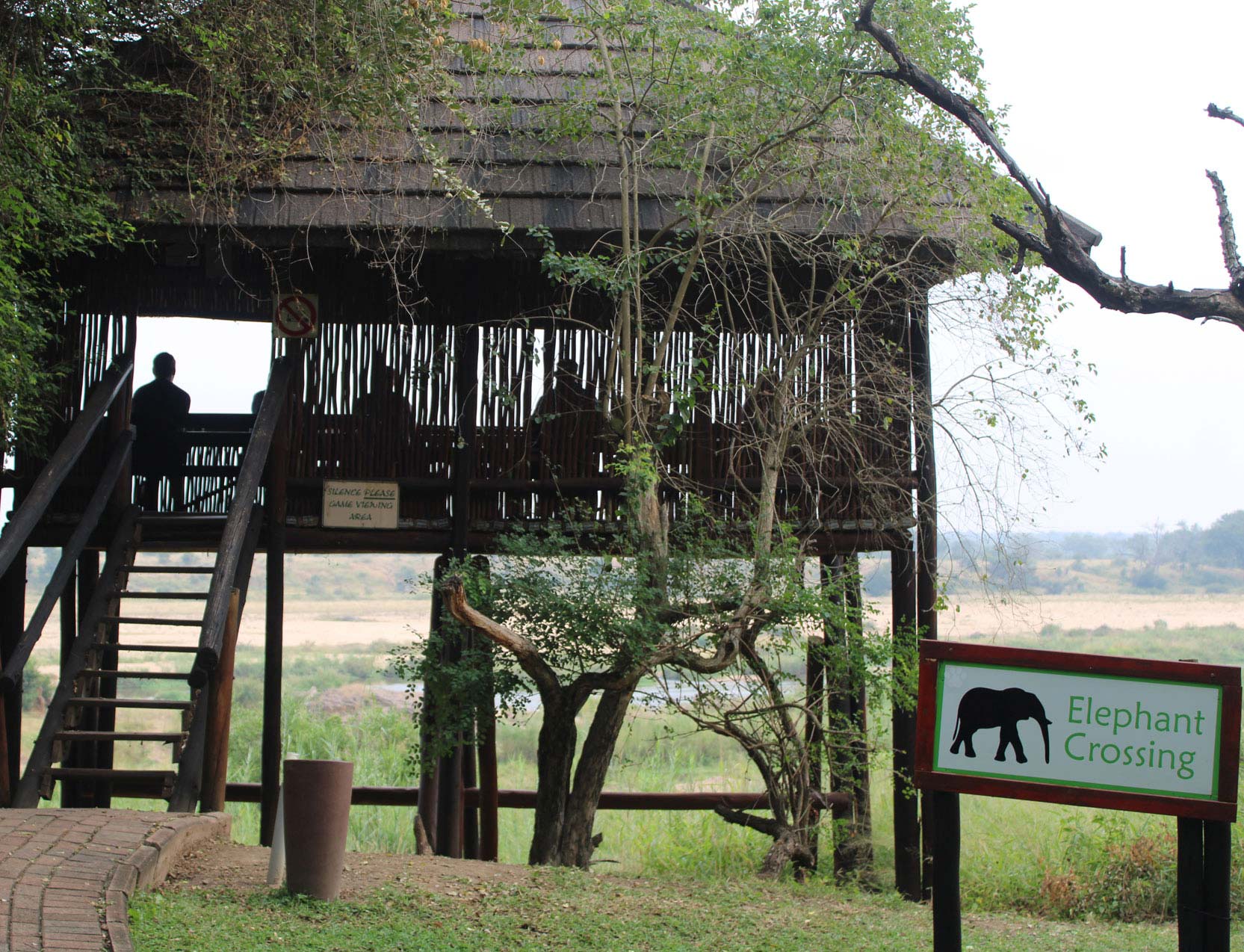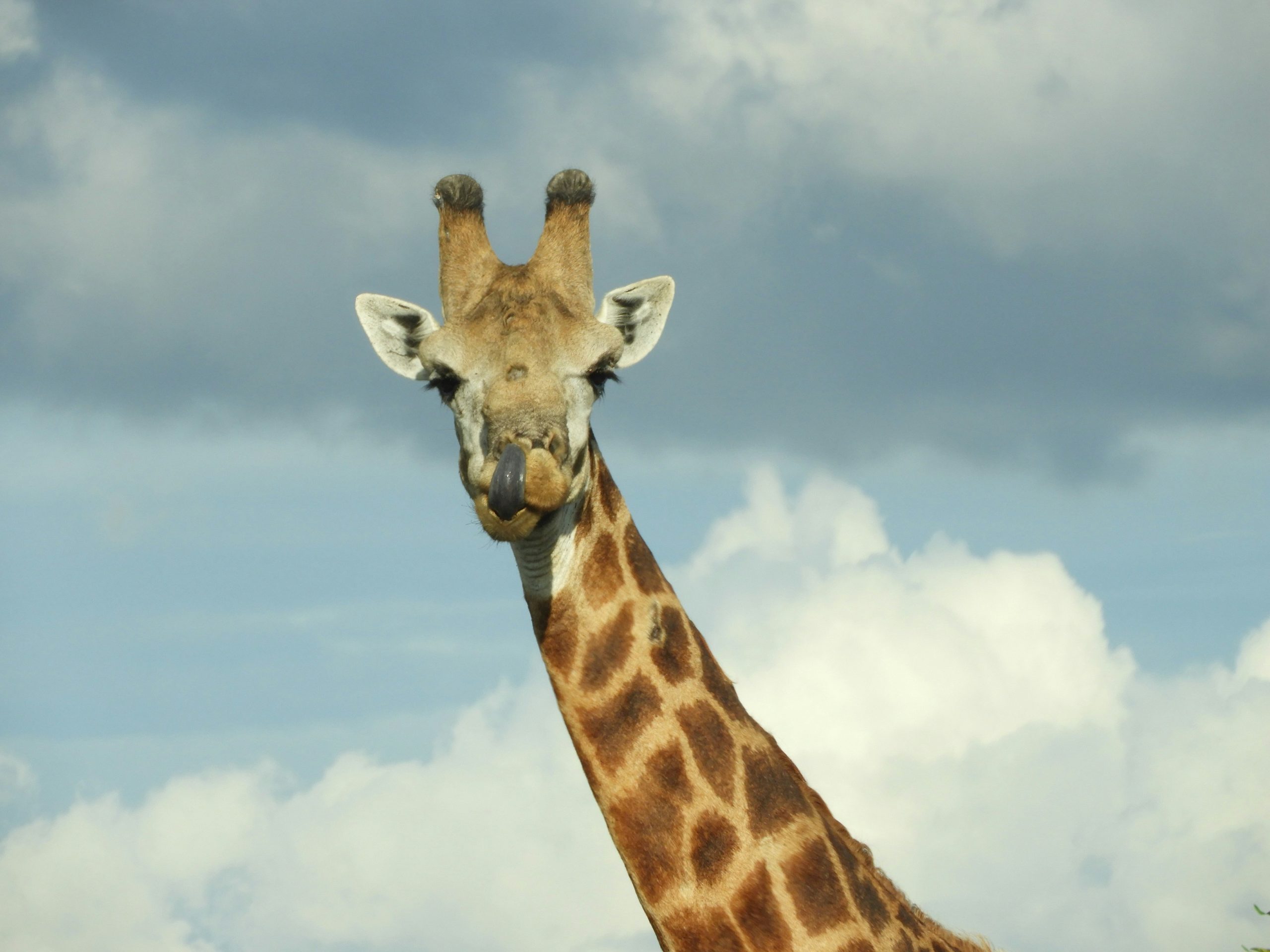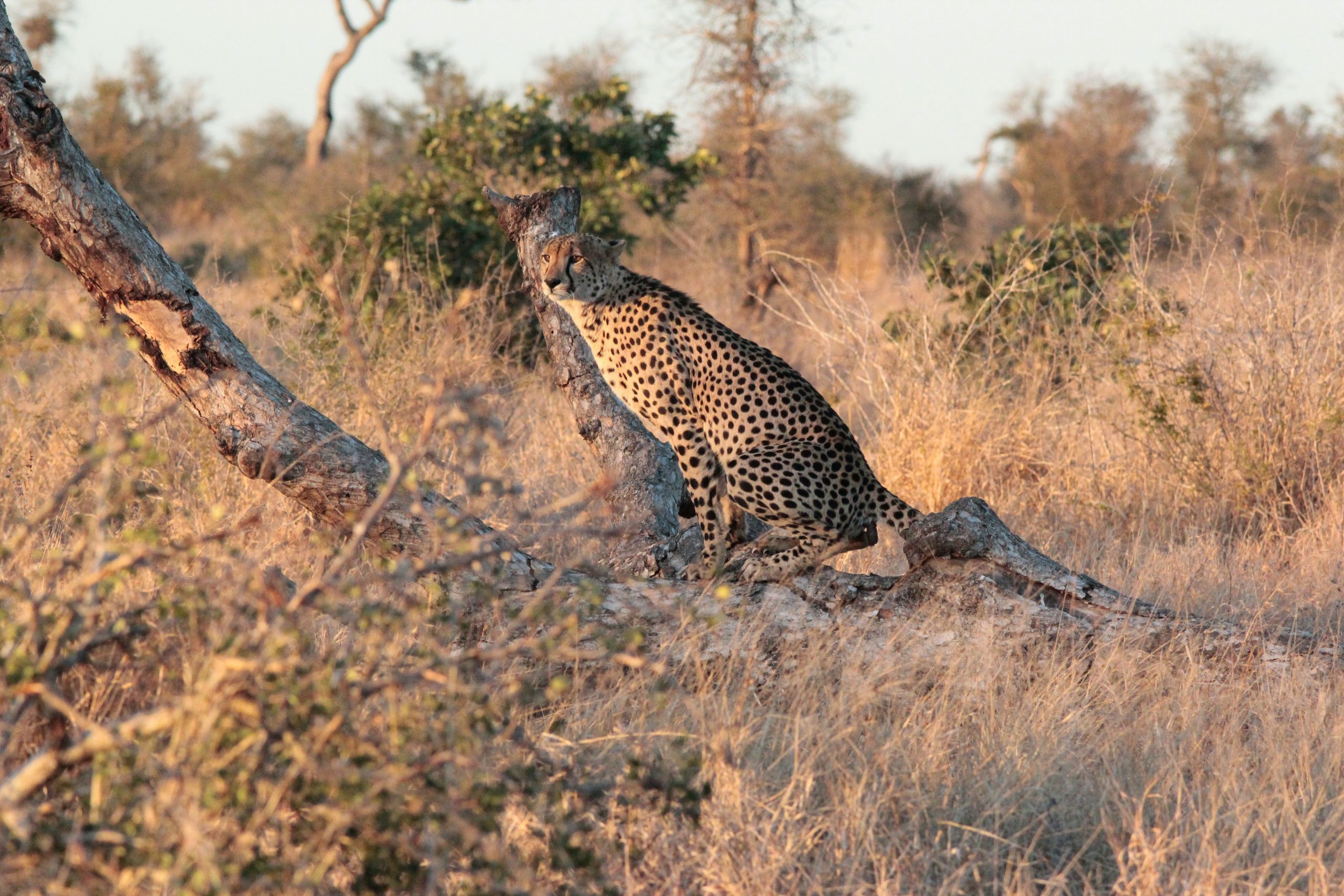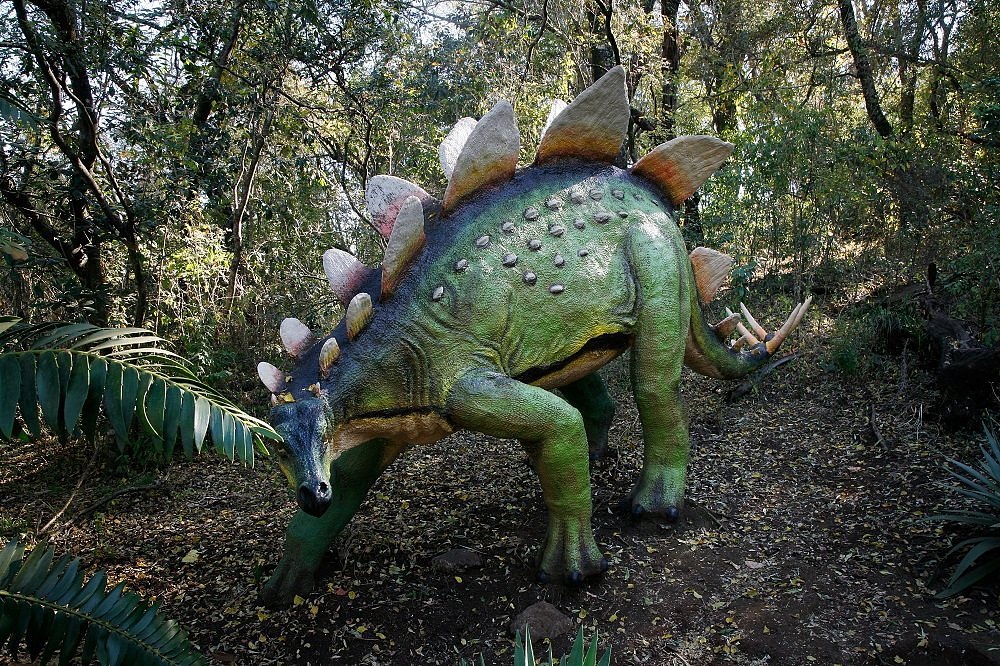Heading to Ngwenya Lodge
Our journey to Ngwenya Lodge started with a scenic drive filled with excitement and a few necessary toll gates. The total toll costs amounted to R280 one way, a fair price for smooth, well-maintained roads (I have done this previously on side routes and would not recommend it). The anticipation of the adventure ahead made the drive enjoyable, and the changing landscapes along the way only added to the experience.
On the way, we made a stop at Millie’s, a well-known farm stall and restaurant that has been a favorite among travelers for years. While it had a variety of food offerings, we found it to be quite overpriced and overly commercialized, lacking the rustic, country charm it once had. Despite this, it was a good spot to stretch our legs and grab a quick bite before continuing our journey.
Ngwenya Lodge – A Riverside Retreat
Nestled on the banks of the Crocodile River, Ngwenya Lodge is a hidden gem that offers stunning views and a chance to unwind in nature’s embrace. The lodge is renowned for its spectacular wildlife viewing opportunities, as animals frequently gather along the riverbanks, creating a safari-like experience from the comfort of your chalet or the lodge’s viewing decks. We were lucky enough to experience the river at high level, just after rain season. However the abundance of water meant fewer sightings.
Accommodation at Ngwenya is self-catering, with fully equipped chalets designed for comfort and convenience. Our stay in Unit 77 was delightful, featuring a well-stocked kitchen, a spacious lounge area, and a patio ideal for enjoying morning coffee while watching the sunrise over the river. The rooms were well-furnished, providing a cozy and relaxing atmosphere. Each room also had air conditioning, which was a welcome relief. However, we weren’t sure if the tap water was drinkable, as there was no indication anywhere. One clue was that we couldn’t get tap water at the restaurant. Despite this, we used the tap water for our morning coffee and relied on bottled water for drinking. Another important note: Ngwenya is located in a malaria area, which we overlooked. As a result, we drenched ourselves in Tabard daily. It’s definitely a good idea to take more precautions than we did.



For families
the Lodge offers plenty of entertainment to keep busy hands active. The kids’ play area is a hit among young visitors, providing safe and engaging activities. There are three swimming pools (possibly more, but we found three), catering to all ages. The pools are perfect for toddlers and adults looking to cool off after a day of exploration. Fishing in the on-site dams is allowed, but it’s catch and release. The mini-golf course, tennis courts, and inflatable jumping mattress offer additional fun for all ages. If that’s not enough, there’s a games room with billiards, TV games, movies, and table tennis. It’s highly unlikely the kids will get bored at Ngwenya Lodge. Additionally for the adults who want to mingle, theres a weekly braai hosted on a wednesday afternoon, near the kids play area, but booking is essential.
The on-site shop is well-stocked with essentials, including bottled water, soap, margerine, coldrinks and spices and even less regularly stocked items such as meat and fresh produce. This makes it easy for guests to prepare their own meals without the need for frequent trips to town which is 40km away. If cooking isn’t on the agenda, the on-site restaurant is a great alternative. The menu features a mix of local and international dishes at reasonable prices. We particularly enjoyed their pizza and beer, which made for a relaxed and satisfying evening. The restaurant has a warm and welcoming atmosphere, with both indoor and outdoor seating, making it perfect for soaking in the lodge’s peaceful surroundings.
One of the highlights of the lodge is the game-viewing hides, where guests can sit quietly and observe animals up close as they come to drink from the river. Whether it’s hippos wallowing in the water, elephants ambling by, or even the occasional predator lurking in the distance, these moments create unforgettable memories.
Exploring Kruger Park
One of the biggest reasons for our trip was our visit to Kruger National Park. The entry fees were R190 per adult and R30 per vehicle, which we found to be a great value considering the incredible wildlife sightings we enjoyed. The roads throughout the park were very well-maintained, despite the recent floods that had washed away three of the smaller bridges. The area was clearly marked, with detours and road closures clearly indicated, making navigation easy, regrettably due to the flooding, quite a few of the popular dirt roads were also closed.
We would highly recommend downloading a PDF map or having one available on your phone during your visit, having a physical map on hand might also not be a bad idea but we could not find one in the area for under R200 and felt it was a bit of a ripoff for a single piece of paper. While the park’s roads are well-marked, a map helps with planning your route to ensure the best game-viewing opportunities. There is little to no cellphone signal in the park so GPS location does not work on most devices. Unless you are using a GPS device that works exclusively on a satellite network, you will have to resort to the maps of the 80’s and 90’s.
We were fortunate enough to see lions and elephants resting just off the tar road, which was incredible. We also caught a fleeting glimpse of a cheetah and, to our delight, a leopard casually strolling along the roadside—a rare sight that made this visit even more memorable. within the first hour, we had already ticked of 60% of the big 5, and on top of that the rarest of the Big 5. For perspective this was only my second wild Cheetah sighting in my life and 5/6 sighting of a lion pride and i consider myself well travelled in africa.
For meals in the park we stopped over in Skukuza, a bushveld town located in the heart of the park, which was well-maintained and clean. We also had breakfast at the Mugg & Bean in Sabie. Both areas were clean and functional but had a slightly commercialized feel. Despite this, the safari atmosphere remained intact. It’s also very clear that the standards at Kruger Park have drastically improved over the years, and I wouldn’t be surprised if corporate investments have contributed to this. The overall experience was exceptional, and the park remains one of the most remarkable wildlife destinations in the world.


Marloth Park & The Tin Shack Experience
Just outside Kruger lies Marloth Park, a charming wildlife conservancy where animals roam freely among the lodges and homes. While in the area, we stopped at The Tin Shack, a Mozambican-inspired restaurant that immediately transported us with its laid-back atmosphere and authentic flavors. The restaurant had a rustic, beach-style decor, with wooden tables, vibrant murals, and soft lighting that added to its relaxed ambiance. Their signature R&R (Rum and Raspberry), made with true Mozambican Red Sparletta, was an absolute treat, and we indulged in the catch of the day, a fresh Mozambican fish big enough to share. The food was superb, and the service was just as excellent. The friendly staff made us feel welcome, and the overall experience left us wanting to return.


Sightseeing on the Way Back
On our return journey, we decided to make a few scenic stops. The first was Sudwala Caves, which has significantly improved since my last visit. This time, all the lights were functioning perfectly, creating a truly magical underground experience. The cave’s natural rock formations were mesmerizing, with stalactites and stalagmites forming breathtaking patterns throughout the chambers. Our guide was knowledgeable and engaging, walking us through the history and geology of the cave system. One of the highlights was the amphitheater-like chamber, which has incredible acoustics and has even been used for small concerts. Though we were pressed for time, Sudwala offers additional experiences, including dinosaur park exhibits and a butterfly sanctuary, which would make for an excellent stop for families or those interested in nature and history.
We also stopped at Alzu Petroport, a fantastic roadside stop that boasts a wildlife enclosure featuring rhinos, buffalo, and various antelope species. This unexpected safari-like experience added a unique touch to our road trip, making it more than just a refueling stop.



Final Thoughts
Our trip to Ngwenya Lodge and its surroundings was an unforgettable experience filled with relaxation, adventure, and spectacular sights. From the comfort of the lodge, where wildlife roamed just beyond our patio, to the thrilling encounters in Kruger National Park, each moment felt like a step deeper into the wild. Ngwenya Lodge was more than just a place to stay—it was an experience in itself, blending tranquility with the thrill of spotting animals right from the deck.
Marloth Park and The Tin Shack added a unique cultural touch to our journey, giving us a taste of Mozambique’s rich flavors without ever crossing the border. The laid-back vibe and mouthwatering seafood at The Tin Shack made it a highlight we’d recommend to anyone visiting the area.
The journey home was just as rewarding, with stops at Sudwala Caves, where we marveled at ancient rock formations and learned about the cave’s fascinating history. Despite not having time to explore all the attractions there, it left a lasting impression. Finally, Alzu Petroport gave us one last taste of the wild, with a mini-safari experience right at a rest stop.
If you’re planning a trip to Ngwenya Lodge, be sure to bring your Kruger Park map, your camera, and an adventurous spirit—you never know what you might discover along the way! Whether it’s breathtaking wildlife encounters, hidden culinary gems, or awe-inspiring natural wonders, this journey is one that lingers in your heart long after you’ve left.

